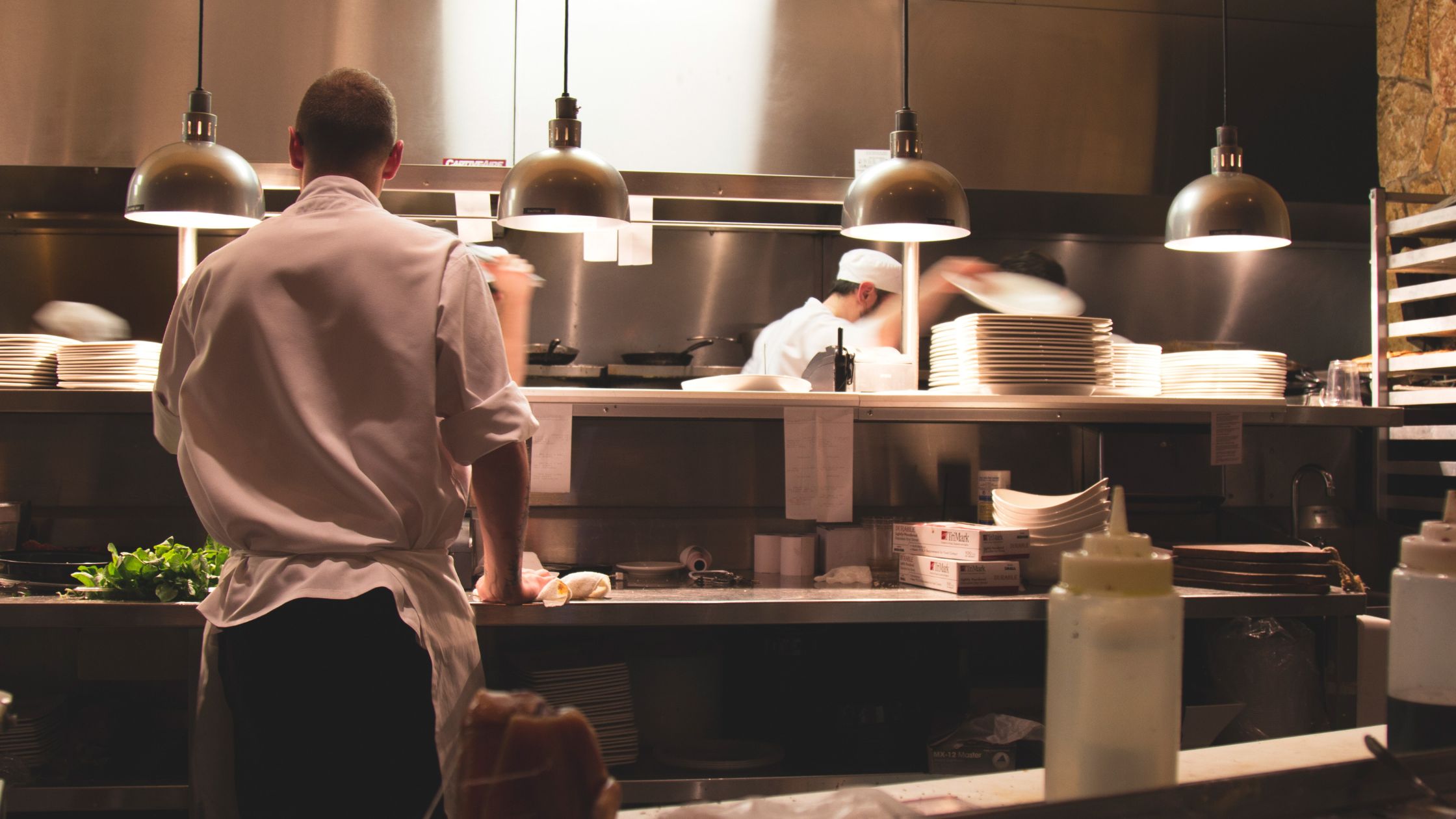Modern restaurants rely heavily on digital ordering and automated systems to keep up with customer expectations. In today’s fast-paced environment, kitchen printer support is no longer optional—it is a critical component that ensures smooth communication between the dining room and the kitchen. Without dependable support, even the most advanced point-of-sale (POS) systems can fail, leading to order delays, costly mistakes, and unhappy guests.
This guide explores what kitchen printer support involves, how these devices function in restaurants, the benefits they deliver, common challenges faced by businesses, and best practices for long-term success.

Table of Contents
- What Is Kitchen Printer Support?
- How Kitchen Printers Work in Restaurants
- Benefits of Reliable Kitchen Printer Support
- Common Issues and Troubleshooting Tips
- Best Practices for Maximizing Printer Performance
- Conclusion
- FAQs
What Is Kitchen Printer Support?
Kitchen printer support refers to the technical assistance and ongoing services that restaurants use to keep their kitchen printing systems operating efficiently. Unlike standard office printers, these machines are designed to handle high-volume orders in hot, busy, and often messy environments. Their durability and precision are vital for ensuring that chefs receive accurate and timely order tickets.
Support typically covers installation, integration with POS systems, software updates, maintenance, and troubleshooting. With the right support plan, restaurants minimize downtime, prevent order errors, and create a consistent workflow that staff can rely on.
Ultimately, kitchen printer support ensures that every meal ordered is communicated clearly to the kitchen staff—keeping both employees and customers satisfied. Learn more about Offline Restaurant POS System.
How Kitchen Printers Work in Restaurants
Kitchen printers are the backbone of restaurant communication, acting as a direct link between order-taking systems and kitchen staff. Once a customer places an order, whether through a server, self-service kiosk, or online platform, it flows through the POS and directly to the appropriate kitchen printer.
The process generally follows four steps:
Step 1: Order Input
The server enters the order into the POS, or the customer submits it online.
Step 2: Data Transmission
The POS system routes the details to the correct kitchen printer, ensuring items reach the right station (grill, fryer, salad bar, etc.).
Step 3: Order Ticket Printing
The printer produces a clear, easy-to-read ticket that guides chefs in preparing dishes accurately.
Step 4: Order Tracking
Many modern systems include order monitoring, ensuring that printed tickets align perfectly with customer requests.
This streamlined approach reduces confusion, enhances kitchen efficiency, and speeds up service, especially during peak dining hours.

Benefits of Reliable Kitchen Printer Support
Restaurants that invest in proper kitchen printer support gain more than just functioning equipment. The advantages include:
- Fewer Interruptions: Quick access to expert help reduces downtime during busy service periods.
- Accurate and Clear Orders: Well-maintained printers generate legible tickets, minimizing preparation errors.
- Improved Workflow: Seamless integration with POS systems keeps the service running smoothly.
- Cost Savings: Preventive maintenance reduces the risk of major breakdowns and lowers replacement expenses.
- Enhanced Customer Experience: Faster, error-free orders mean shorter wait times and happier guests.
- Scalable Operations: As restaurants grow, support services make it easier to add new printers and integrate them into existing systems.
Beyond these points, dependable support also helps restaurants protect their reputation. In the foodservice industry, even small mistakes can damage customer trust. By ensuring that every order is accurate, businesses can consistently deliver excellent service.
Common Issues and Troubleshooting Tips
Despite their durability, kitchen printers can develop problems over time. The most common issues include:
- Paper Jams – Usually caused by incorrect loading or low-quality paper.
- Light or Faded Prints – Often linked to worn ribbons or damaged print heads.
- Connectivity Problems – When printers lose sync with the POS due to network disruptions.
- Error Messages – May result from outdated drivers or internal hardware faults.
Professional support services typically address these challenges by:
- Performing scheduled cleaning and inspections.
- Updating firmware and drivers to maintain compatibility.
- Checking networks and cabling for stable connections.
- Offering remote troubleshooting and on-site repairs when urgent.
By staying proactive, restaurants can resolve small problems before they escalate into costly disruptions.
Best Practices for Maximizing Printer Performance
While support services provide essential technical expertise, restaurant staff can also follow best practices to keep printers in excellent condition:
- Schedule Routine Maintenance – Regular check-ups help prevent sudden breakdowns.
- Train Staff on Proper Use – Employees should know how to load paper correctly and avoid careless handling.
- Use High-Quality Supplies – Premium paper and ribbons produce clearer prints and extend hardware life.
- Integrate with POS Systems – Proper configuration ensures orders flow to the right station without errors.
- Keep Spare Printers Available – Backup units maintain service during unexpected failures.
- Monitor Performance Data – Tracking usage helps identify wear before it causes disruptions.
Restaurants that combine these practices with professional support can keep their printers running reliably, lower long-term costs, and maintain fast-paced service without interruptions.

Conclusion
In the restaurant industry, efficiency and reliability are essential. Kitchen printer support ensures that every order moves seamlessly from the point of sale to the kitchen, without errors or downtime. By investing in professional support services, restaurants can reduce costly interruptions, deliver orders faster, and maintain a consistent dining experience.
For businesses seeking a trusted solution, Floreant POS provides open-source restaurant management software with robust kitchen printer integration. Their services allow restaurants to scale with confidence, maintain operational efficiency, and consistently satisfy customer expectations.
FAQs
1. Why is kitchen printer support important for restaurants?
It minimizes downtime, ensures accurate orders, and keeps service smooth during peak hours.
2. How often should printers be serviced?
Routine servicing every three to six months helps extend lifespan and prevents breakdowns.
3. Do kitchen printers support online and delivery orders?
Yes. Modern systems integrate with online platforms and automatically print tickets for the kitchen.
4. Which company provides reliable kitchen printer solutions?
Floreant POS offers open-source restaurant software with seamless kitchen printer integration.







